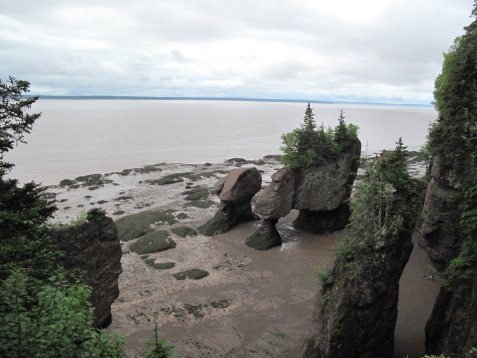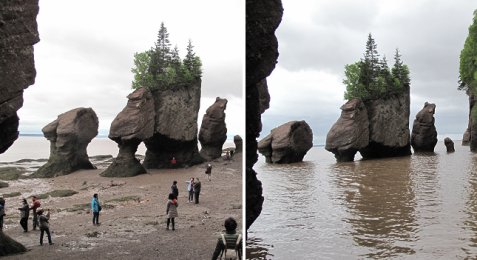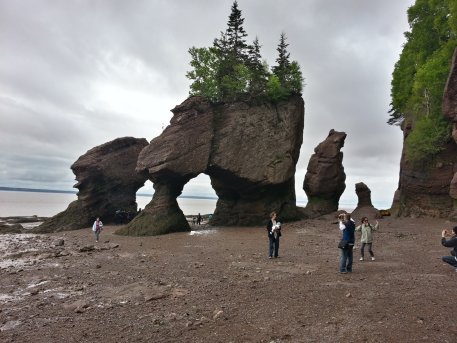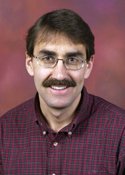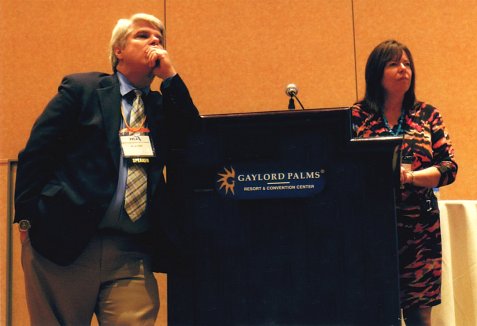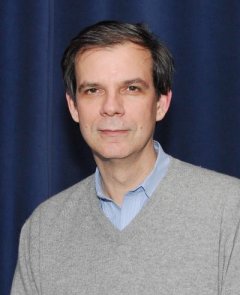
My Canadian tour came to a close in Nova Scotia, which actually has a place in my family’s history. My father’s ancestors came from Germany and settled there, forming a small town called “Wileville.” As you can see, I got a chance to visit there. It’s still a small town, and there wasn’t much there except for a market/bakery and a gas station. Nevertheless, it was cool to see that nearly every street was named after a Wile, and there was even a lake called “Wile’s Lake.”
Of course, the main reason I was in Nova Scotia was to speak at the HEMS Homeschool Convention. It was another intimate convention that was held at an excellent facility and run by a group of incredibly dedicated home educators. One of the things I loved about the convention was that in addition to a vendor hall (where curriculum providers sold curriculum to those who needed it), there was also a “young entrepreneurs” section where young people could sell things that they had made. There was a wide variety of things to buy, from candy to plants. I ended up buying some cards from a very talented young photographer who started a photography business called Gracious Vignettes.
I gave a total of six talks at the convention, five of which were on Saturday. That’s actually a lot of talking, and I even told the conference attendees that I expected to be bored with myself after giving so many talks. They were very gracious, however, thanking me over and over again for coming to their “little” convention. This seemed to be a theme at both of the conventions I spoke at in Canada. The organizers and even the attendees seemed to be constantly apologizing for how small their conventions were. They had heard of the mega-conventions in the U.S. and were sorry that their numbers couldn’t measure up.
I hope I was able to dispel them of this notion. I think that big conventions and small conventions both have a role to play in home education. Big conventions can bring in lots of great speakers, and their vendor halls are simply brimming with choices when it comes to educational material. However, they can’t be flexible. I remember when I spoke at the FPEA convention in May, Diana Waring and I had a great question from the audience, but before we were able to answer it, the hostess cut us off, because the convention had to stay on schedule. I completely understand why the hostess needed to do that, and it is a consequence of the convention being very large. In addition, I can’t spend a lot of time speaking with a single individual at a big convention. In both of my Canadian conventions, however, I had long discussions with several homeschoolers who needed a lot of advice, and I was never cut off in any of my talks. That’s the beauty of a small convention.

